Replace Cedar Shake Siding With Vinyl
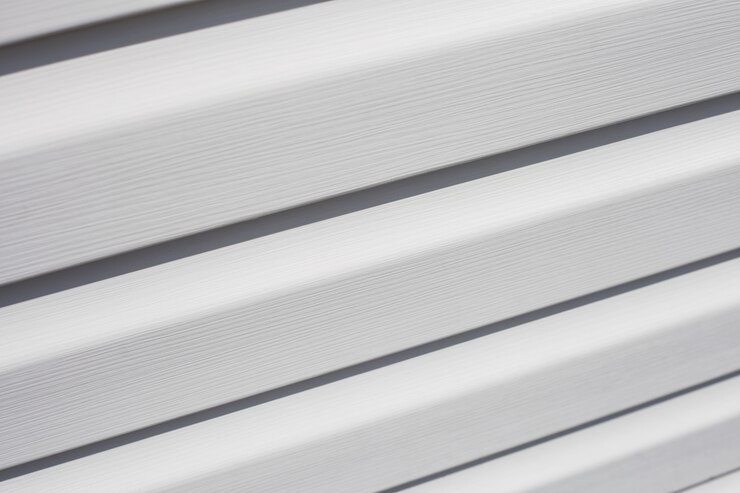

Max Shafer
Max Shafer, a distinguished BPA Advisor specializing in Roofing & Exterior Finishes, is passionate about sharing his extensive knowledge and expertise. Max's impactful work as a writer is prominently featured throughout Building Product Advisor. With a specific focus on roofing and exterior finishes, Max contributes valuable insights that shape discussions on cutting-edge construction practices and materials in these crucial areas.
For residential structures, vinyl and cedar shake siding are popular choices. These materials each have distinctive properties that some homeowners could find appealing. When comparing cedar shake siding to vinyl siding and deciding which is ideal for your home, it's crucial to take into account factors like price, value, durability, aesthetic appeal, and maintenance.
4 Reasons to Replace Your Cedar with Vinyl
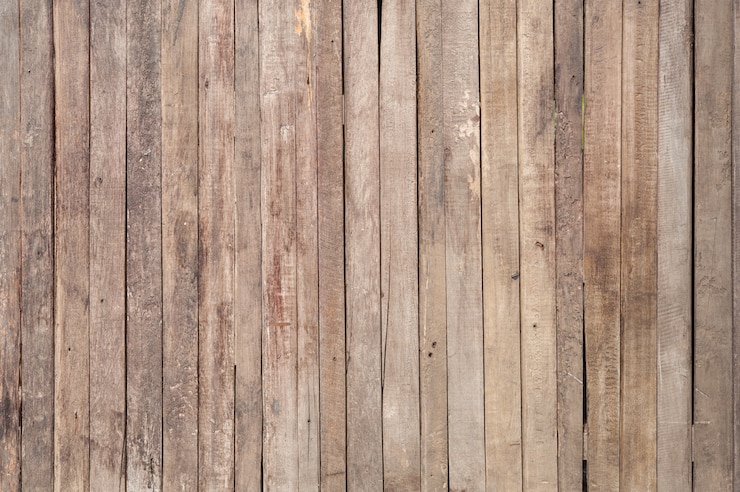
When you start noticing that your cedar shake is warping, cracking, or infested with pests, it is time to replace it. Instead of adding new cedar shingles, you may want to consider switching to vinyl instead.
Here are four reasons why switching from cedar to vinyl might be a good idea:
1. Durability: You don't want your home to deteriorate over time because it is your fortress. Vinyl shake siding can withstand almost all weather conditions, and you won't need to perform time-consuming maintenance procedures like painting or sanding. Plus, vinyl shake is weather resistant and does not corrode or degrade over time.
2. Cost: Due to the fact that cedar is a raw wood that needs to be properly harvested and lumbered, it almost always costs more than vinyl siding. Despite the fact that many homeowners believe vinyl siding to be the most affordable alternative available, it should be noted that many vinyl products have been improved recently and now function considerably better than their initial designs. Having said that, vinyl is still the less expensive choice available.
3. Aesthetics: Each homeowner's aesthetic preferences vary when evaluating how cedar shake siding compares to vinyl siding. Some people find the natural wood grain patterns in real wood siding, like cedar shake, to be more attractive. Homeowners may turn to vinyl for a wider range of styles and colors because genuine cedar has a tendency to have restricted color options and cut options.
4. Maintenance: Unlike real cedar, vinyl will not chip or dent, so it requires less maintenance overall. Both cedar and vinyl need routine upkeep to prevent color fading, but cedar usually needs a little more care than vinyl. Maintaining the structural integrity of your cedar shake as well as the aesthetic appeal requires routine caulking, sanding, and sealing. This type of routine maintenance can be expensive and time-consuming. Another point in vinyl's favor: Since it's installed in segments, the damaged segment can be removed and replaced if one piece needs replacing.
Removing Your Cedar Shake
Typically, cedar shake is secured to the home's exterior with nails. You'll need to use a pry bar to lift and loosen the shingles you want to remove. Once you have pried off the shingle, you'll need to pull out any nails still left in the home's exterior. The older the shingles, the easier it should be to remove them.
You'll want to start from the top row of shingles since they are overlapped during installation. Be sure to wear safety glasses to prevent any wood chips or splinters from flying into your eyes.
You can hire a crew to remove your old siding if you prefer. They will put the removed cedar shingles in a leased garbage bin and carry them away for you. However, you will likely need to pay a fee for the disposal of the old siding.
You can see shingles being removed in this video:
Installing Vinyl Cedar Shake
Thanks to the panels, it is much simpler to install vinyl shake siding than cedar shake siding. Make sure that the area where the siding will be installed has the proper sheathing, which protects the framing. It ought to be constructed using plywood or OSB.
In addition, the home should be coated with a weatherproof material, and flashing should be used to seal off windows, doors, and any other projections that will come through the siding.
Step-by-Step Instructions
- A couple of inches from the bottom edge of the siding, mark a level chalk line for the starting strip.
- With the chalk line placed along the top, the starter strip should be fastened to the siding.
- Before nailing, check that the vinyl corners are square to the corners of the house.
- The edges of doors, windows, and eaves are finished with J-channel trim strips — make sure to use the middle nail slot.
- Under the first row of siding, secure the starting strip with nails, but don't drive them all the way in. This enables the siding to adapt to changes in temperature by contracting and expanding.
- Install the first course.
- Continue installing siding rows, making sure that every joint is overlapped.
- When finishing the gabled areas, you can use a scrap of siding aligned with the gable to denote the angle to be cut on the siding.
Don't Think You Want to DIY?

If you aren't ready to take on a siding project yet, you can always choose to hire a professional to install your vinyl cedar shake.
In most of the country, installers typically charge between $30 and $75 per hour, and it takes approximately 65 hours to install 1,000 square feet of siding. Professional installation of your vinyl cedar shake siding will cost you between $1.70 and $5.
Your geographic location inside the nation and other factors may affect the pricing for you. The cost of living is higher (or cheaper) in some parts of the United States, which results in wide variations in hourly pay.
Get Smarter About Building Products
Join 50,000+ subscribers and get our 3 min daily newsletter on what matters in the building materials industry.
You might like this
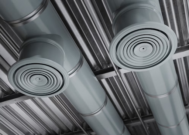

Solving Ventilation Challenges: Metal Deck Profiles and Back Draft Dampers as Key Solutions
When it comes to building design and construction, ventilation is a critical factor that often presents significant challenges. Proper ventilation is essential for maintaining indoor air quality, controlling temperature, and ensuring occupant comfort and safety. In this article, we will explore how metal deck profiles and back draft dampers are key solutions for addressing ventilation […]
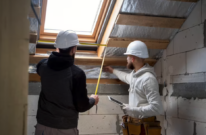

The Ultimate Guide to Home Insulation
When it comes to creating a comfortable and energy-efficient home, insulation plays a pivotal role. Proper insulation helps regulate indoor temperatures, reduces energy consumption, and enhances overall comfort. In this comprehensive guide, we’ll explore various aspects of home insulation, including the best types of insulation for different areas of your home and key considerations for […]
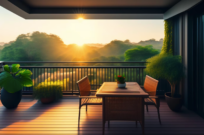

The Best Hidden Deck Fasteners: Concealed Elegance and Lasting Stability
Decks, those quintessential outdoor havens, serve as extensions of our living spaces, inviting us to bask in the open air. But what if we could take this experience to the next level? Enter concealed deck fasteners, the unsung heroes that elevate your deck’s appearance and structural integrity, all while keeping their existence a secret. In […]